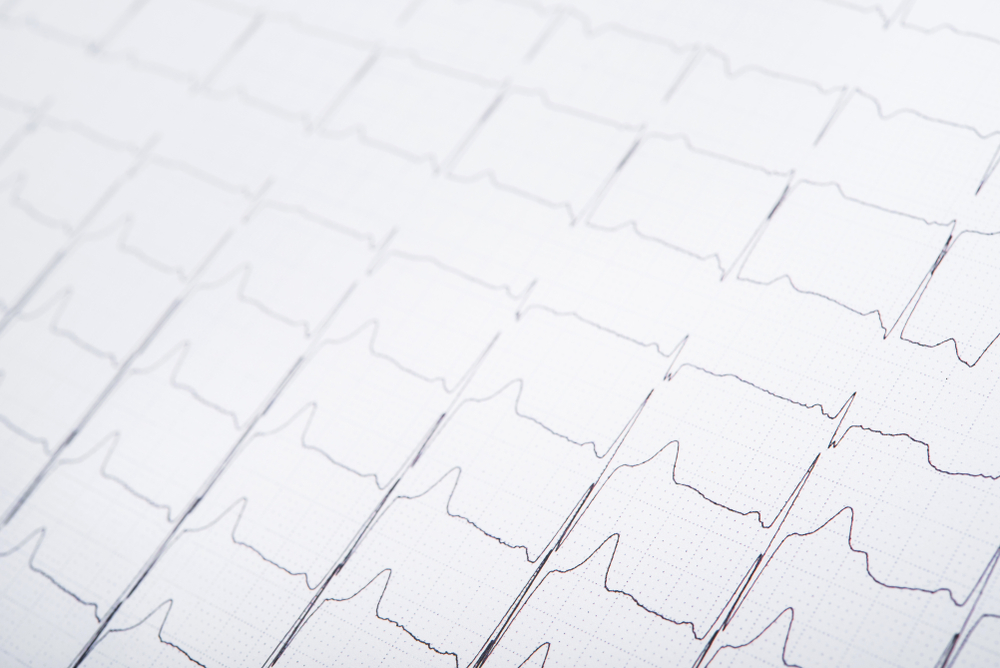Learn More About The Cardiac Cycle

Our heart pumps blood across the body throughout the day. Therefore, it has to maintain the highest level of efficiency to ensure that it can keep doing this critical function. For this, our heart needs to expand completely before it contracts again. An average heart beats around 70 to 75 times a minute. That is, it takes roughly 0.8 seconds to complete one cycle.
Our heart has four chambers - two large ventricles and two smaller atria. The atria pump blood down to the ventricles and fill the ventricles. When the ventricles contract after being filled with pressure, they can pump more blood more efficiently. Each cardiac cycle is well coordinated. The ventricles usually pump together, and the atria pump together.
The cardiac cycle is divided into four main stages:
- At the start of the cycle, called the ventricular diastole, the larger (ventricles) of the heart expand and fill up with blood.
- Towards the end of the ventricular diastole stage, the atria also begin to contract, known as the atrial systole. When the atria contract, they push blood into the ventricles.
- Once the ventricles are filled up, the atrioventricular valves close, and the ventricles start contracting in what is known as ventricular systole.
- By this time, the atria also relax, known as atrial diastole.
This precise coordination between different Chambers of the heart, made possible with the heart's electrical system, ensures maximum pumping efficiency. A coordinated flow of all the steps in each heartbeat is known as a cardiac cycle.
Heart valves also function according to the different stages of the cardiac cycle:
- Just Before the ventricles contract, the pressure in the ventricles begin to increase which forces the atrioventricular valves to close.
- When the ventricles contract, the force pushes open the semilunar valves that connect the ventricles to the respective arteries.
- Once the ventricular contraction is over, as the pressure in the ventricles falls, the pressure within the arteries pushes the semilunar valves back to a closed position.
- As the ventricle relaxes and the pressure drops further, the atria start to contract; the atrioventricular valves are pushed open by the pressure from the atria.
With such a well coordination system, our heart functions like a precisely tuned engine. You can read more about how blood flows through the heart in our article here, or read the article here for more information on how heart valves function. You can also read up about how the heart's electrical system works in our article here.
The stages of the cardiac cycle:
1. Isovolumetric relaxation: This stage is also known as early ventricular diastole. In this stage, both atrioventricular valves and semilunar valves remain closed. The ventricle starts dilating, and the pressure within the ventricle drops.
2. Inflow or Ventricular filling: In this stage, the ventricles remain relaxed, and the atrioventricular valves open while the semilunar valves remain closed. This stage can be further divided into:
- Mid Ventricular diastole diastasis - At this stage, both the ventricles and atria together relax and expand. As a result, blood flows into the heart during ventricular and atrial diastole.
- Late Ventricular diastole with atrial systole - At this stage, the ventricles are relaxed and expanded while the atrial contraction forces blood under pressure into the ventricle. The atrioventricular valves remain open while the semilunar valves remain closed.
3. Isovolumetric contraction: In this stage, ventricles begin to contract, and pressure starts building up within the ventricle leading to closure of Atrioventricular valves. Pressure keeps on increasing until it exceeds the pressure within the artery.
4. Ejection or ventricular ejection: This is the second stage of ventricular systole, where the ventricular pressure forces the semilunar valves open and pushes blood with force into the arteries as the ventricle finishes its contraction. Blood flows from the heart into the lungs and the rest of the body.






